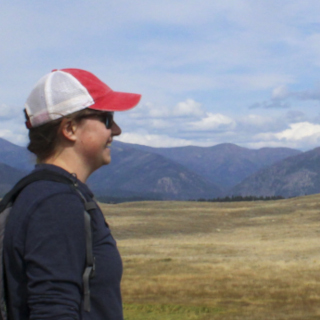Pathway
Overview
This file contains a complete pathway for a single ecological stratification. This differs from the pathway tables because it contains all of the state changes, coordinates, and habitat information in a single file for a single ecological stratification. The pathway tables store this information in three tables for all ecological stratifications.
Format
Data is split into blocks, with each block starting with a keyword. The contents of each block is indented with one or more spaces. There are two types of blocks; HABITAT-TYPE-GROUP and VEGETATIVE-TYPE. Blocks are separated by a blank line.
HABITAT-TYPE-GROUP
This block names the habitat type group and describes the pathway at a high level with a listing of the habitat types, climax species, and seral species. The habitat type group block appears once at the top of the file. The example below defines a habitat type group named A1 with multiple habitat types, climax species, and seral species.
HABITAT-TYPE-GROUP A1
HABITAT-TYPES 91 92 93 94 95 110 150
CLIMAX-SPECIES DF PP PF
SERAL-SPECIES PP LP L DF PF
VEGETATIVE-TYPE
This block defines the state changes for a vegetative type and the coordinates of the vegetative type in each species view that it appears. The example below defines a vegetative type with state changes for four different processes and is visible in two different species views within the application; AGR and NS. The first state change specifies that the vegetation changes to NATIVE-FORBS/OPEN-HERB/1 when influenced by succession. The first coordinate places AGR/AGR/1 in the AGR species view 108 pixels from the left edge of the screen and 29 pixels from the top.
VEGETATIVE-TYPE AGR/AGR/1
SUCCESSION NATIVE-FORBS/OPEN-HERB/1
STAND-REPLACING-FIRE AGR/AGR/1
MIXED-SEVERITY-FIRE AGR/AGR/1
LIGHT-SEVERITY-FIRE AGR/AGR/1
XY-COORDINATE AGR 108,29
XY-COORDINATE NS 37,219
